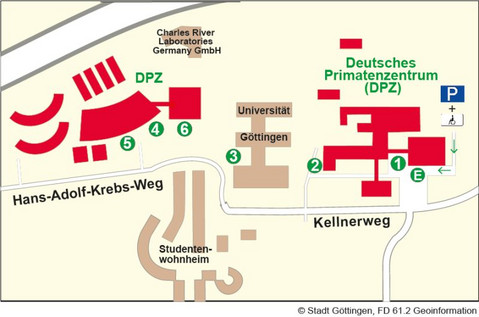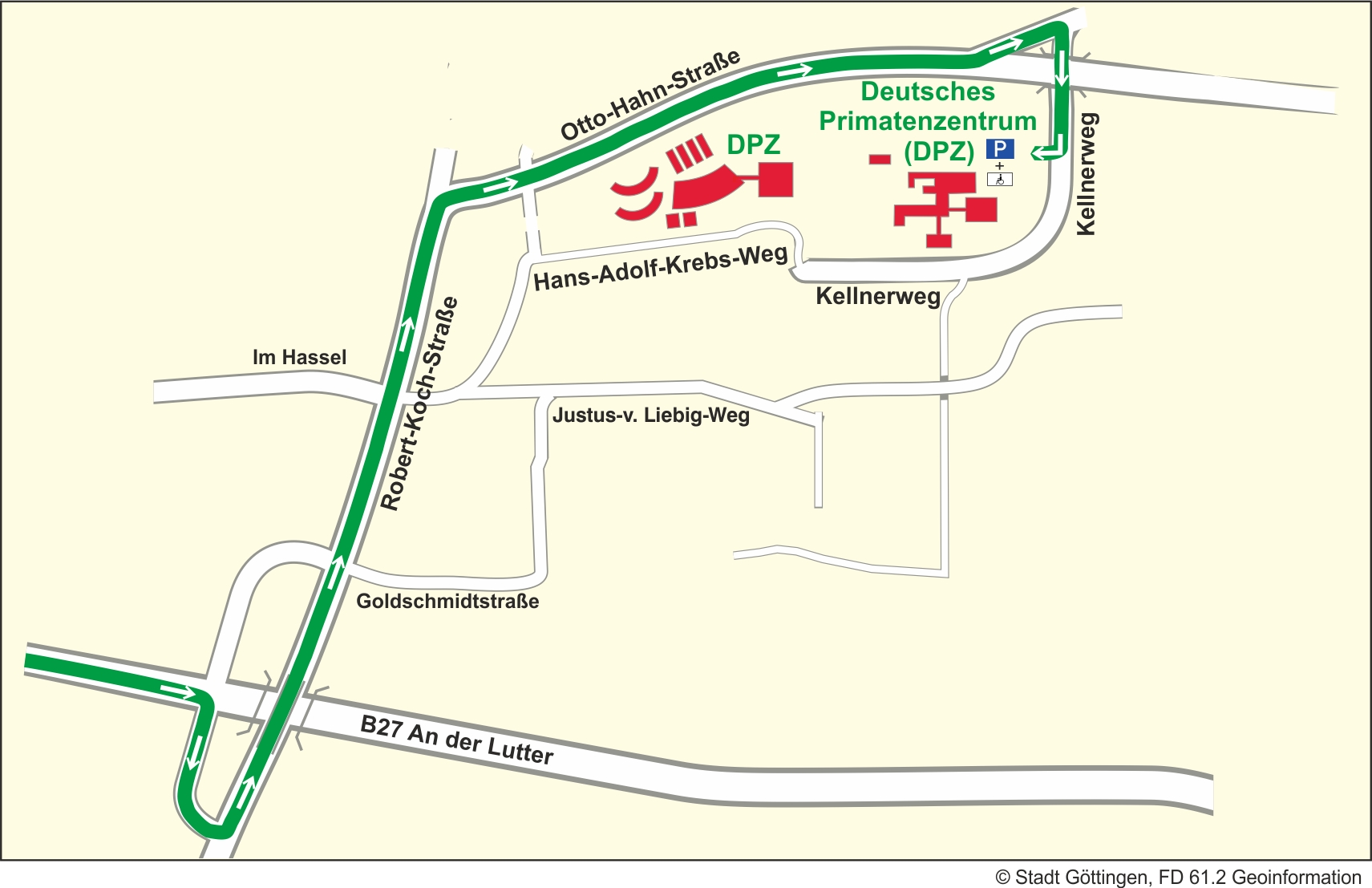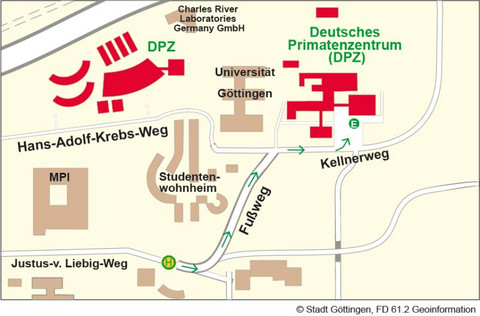Frontostriatal mechanisms of anhedonia in novel neurophysiological subtypes of depression
Als Kalendereintrag speichernBiomarkers have transformed modern medicine but remain largely elusive in psychiatry, partly because there is a weak correspondence between diagnostic labels and their neurobiological substrates. Like other neuropsychiatric disorders, depression is not a unitary disease but rather a heterogeneous syndrome encompassing varied, co-occurring symptoms and diverging responses to treatment. Using functional magnetic resonance imaging (fMRI) in a large multisite sample (N=1,188), we showed that patients with depression can be subdivided into four neurophysiological subtypes defined by distinct patterns of dysfunctional connectivity in limbic and frontostriatal networks. Clustering patients on this basis enabled the development of biomarkers (statistical classifiers) for diagnosing depression subtypes with high (82-93%) sensitivity and specificity in multisite validation (N=711) and out-of-sample replication (N=477) datasets. These subtypes cannot be differentiated based solely on clinical features, but they are associated with differing clinical symptom profiles. They also predict differential improvements in anhedonia, anxiety, and other depressive symptoms in response to transcranial magnetic stimulation of the dorsomedial prefrontal cortex (N=154). To further understand the circuit mechanisms underlying one of these subtypes, we used optogenetic tools and two-photon calcium imaging to interrogate frontostriatal circuit function in a mouse model of chronic stress. Our results indicate that dysfunctional connectivity in frontostriatal circuits suppresses striatal responses to reward-related VTA signals, impairing the expression of reward-seeking behaviors. Together, these findings define novel subtypes of depression that transcend current diagnostic boundaries and may be useful for identifying individuals most likely to benefit from targeted neurostimulation therapies.
Zielgruppe
Alle Interessierten
Referent/-in
Conor Liston (Weill Cornell Medical College)
Anfahrtswege zum DPZ
Lageplan des DPZ

E - Haupteingang/Anmeldung
1 - Geschäftsführung; Abteilungen: Infektionsbiologie/-modelle, Versuchstierkunde, Primatengenetik, Verhaltensökologie und Soziobiologie, Kognitive Ethologie, Neurobiologie; Verwaltung; Bibliothek; Stabsstellen: Forschungskoordination, Kommunikation, Informationstechnologie, Betriebstechnik
2 - Materialanlieferung/Einkauf
3 - Forschungsplattform Degenerative Erkrankungen; Forschungsgruppe Soziale Evolution der Primaten
4 - Abteilung Kognitive Neurowissenschaften
5 - Tierhaltung
6 - Bildgebungszentrum; Abteilung Funktionelle Bildgebung
Anreise mit dem PKW

Folgen Sie von der Autobahnausfahrt "Göttingen Nord" der B27 in Richtung Braunlage bis zur dritten Ampelkreuzung. Biegen Sie rechts ab Richtung Kliniken und anschließend links in die Robert-Koch-Straße. Am Ende der Straße fahren Sie rechts in Richtung Nikolausberg auf die Otto-Hahn-Straße. Die erste Straße zu Ihrer Linken ist der Kellnerweg, das Primatenzentrum ist ausgeschildert.
Anreise mit dem Bus

Ihr Fußweg von der Bushaltestelle Kellnerweg zum DPZ-Haupteingang/zur Anmeldung:
Von der Bushaltestelle Kellnerweg (Linie 21/22 und 23) Straße überqueren, in Fahrtrichtung des Busses gehen. Am Briefkasen links in den Fußweg einbiegen und rechts halten. Am Ende des Fußwegs rechts in den Kellnerweg abbiegen. Der Haupteingang des DPZ liegt dann auf der linken Seite.
Datum und Uhrzeit 20.11.17 - 16:00 - 17:30 Anmeldung nicht notwendig
Veranstaltungsort Seminarraum E0.14, Deutsches Primatenzentrum
Leibniz-WissenschaftsCampus Primatenkognition
Tel.: 0551-3851-480<br /><link cschloegl@dpz.eu>cschloegl@dpz.eu</link>
